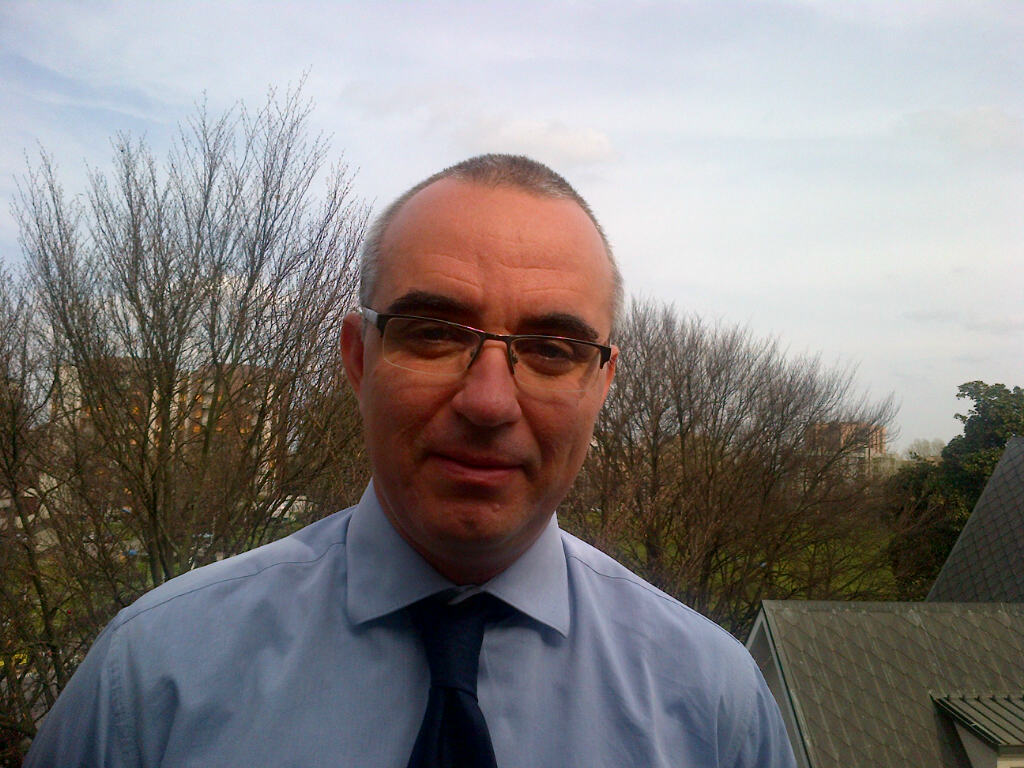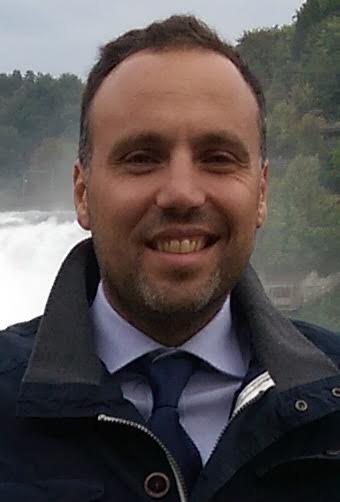
Title: The sensor world beyond Motion MEMS
Abstract: From the Nintendo Wii—arguably the first mass consumer-market product enabled by MEMS and Sensors—to Smartphones, which have been the most recent high-volume driver of MEMS and Sensor adoption, we have seen dramatic growth and change in the marketplace. Still, while we’re far from exhausting the potential of existing MEMS in existing and derivative applications, the best is yet to come. The next wave of MEMS development is moving toward actuation and, while the ripples from these beautiful little machines have been building slowly for years, as they converge with those from the Internet of Things, the ride is about to get more exciting! Some examples of what we are seeing as first applications include tiny mirrors that enable people to interact more naturally with technology, smaller, faster autofocus solutions for cellphones and new types of printheads for 3D printing - and this is just the beginning.

Dr. Vincenzo Sacco received his PhD in 2006. He wrote his thesis on “magnetic micro-sensors in Mems and CMOS technologies”. He has authored 40 papers and 1 patent. He has developed his career in Melexis: Analog Design Engineer (1y), Project Manager (3y), Program Manager (3y), Global Functional Safety Manager (2y). Today he is responsible for coordinating the global Functional Safety Program in Melexis (ensure implementation of ISO 26262, ensure FS competencies development in all Melexis development sites, ensure product development according to safety standards). He is accountable for enhancing System Engineering competencies, practises, methods, tools and techniques as well as for enhancing Project Management competencies, practises, methods, tools and techniques. He is also a member of Melexis Development Staff.
Title: Sensors architectures for safety critical applications
Abstract: Over the last decades, the industry has provided a steady improvement in the safety of automobiles. Advances in modern electronics have accelerated the number and features of safety systems.
Semiconductor devices, sensors, actuators and computer controlled systems with complex software are integral to these system designs.
This increasing complexity drives the need for a new paradigm for safety systems development and engineering to achieve their function. ISO-26262 "Road vehicles — Functional Safety" provides appropriate standardized requirements, processes and an automotive-specific risk-based approach to determine integrity levels, also known as Automotive Safety Integrity Levels or ASILs. ASILs are used to specify applicable requirements of the ISO-26262 standard so as to avoid unreasonable residual risk;
Smart integrated sensors in particular, are used extensively in automotive safety-critical applications (throttle valve position, braking and acceleration pedal angle, object distance detection for emergency braking, ignition key switch and many others …). In vision of the increase complexity and application scenario, the functional and safety requirements allocated to these sensors demand therefore innovative architectures.
This presentation will review some of the existing architectures in and improvements proposals needed to meet the new stringent safety targets in vision of the autonomous driving era.

Ricardo Jardim-Goncalves holds a PhD degree and received his habilitation (Agregação) in Industrial Information Systems by the New University of Lisbon (UNL). He is an Associate Professor at the New University of Lisbon, Faculty of Sciences and Technology, and a Senior Researcher at UNINOVA – Instituto de Desenvolvimento de Novas Tecnologia. He has graduated in Computer Science, with MSc in Operational Research and Systems Engineering. His research activities have been focused on Interoperability of Complex Systems and Internet of Things. He has been researching in European Commission funded projects during the last 25years, with more than 300 papers published in conferences, journals and books. He directes GRIS (GRupo para a investigação em Interoperabilidade de Sistemas; Group for Research in Interoperability of Systems) at UNINOVA (Instituto para o Desenvolvimento de Novas Tecnologias), CTS (Centro para as Tecnologias e Sistemas). He is project leader in ISO TC184/SC4.
